Lagavulin whisky: 200 years old, for peat's sake
As the brand marks its bicentenary, distillery manager Georgie Crawford describes how tradition and technology meld on the island of Islay
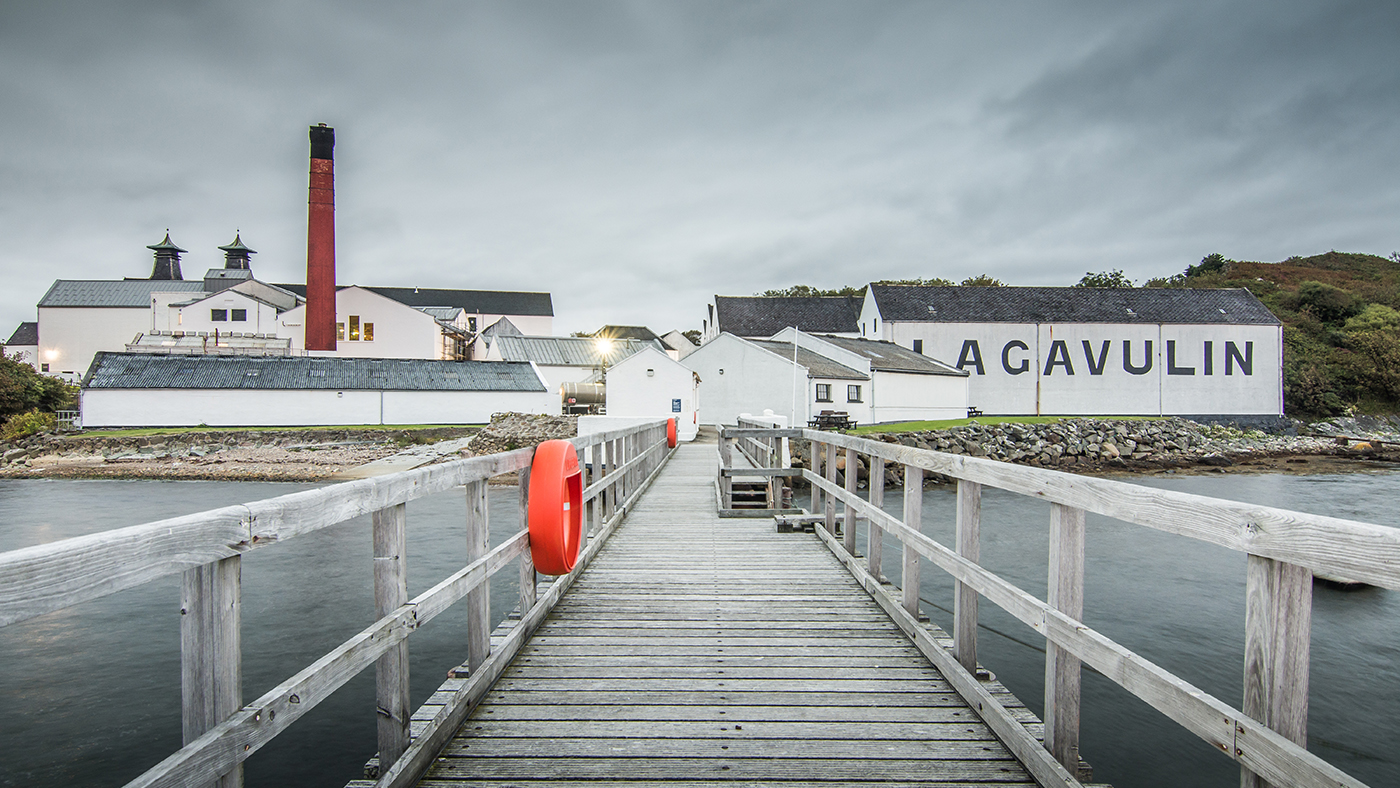
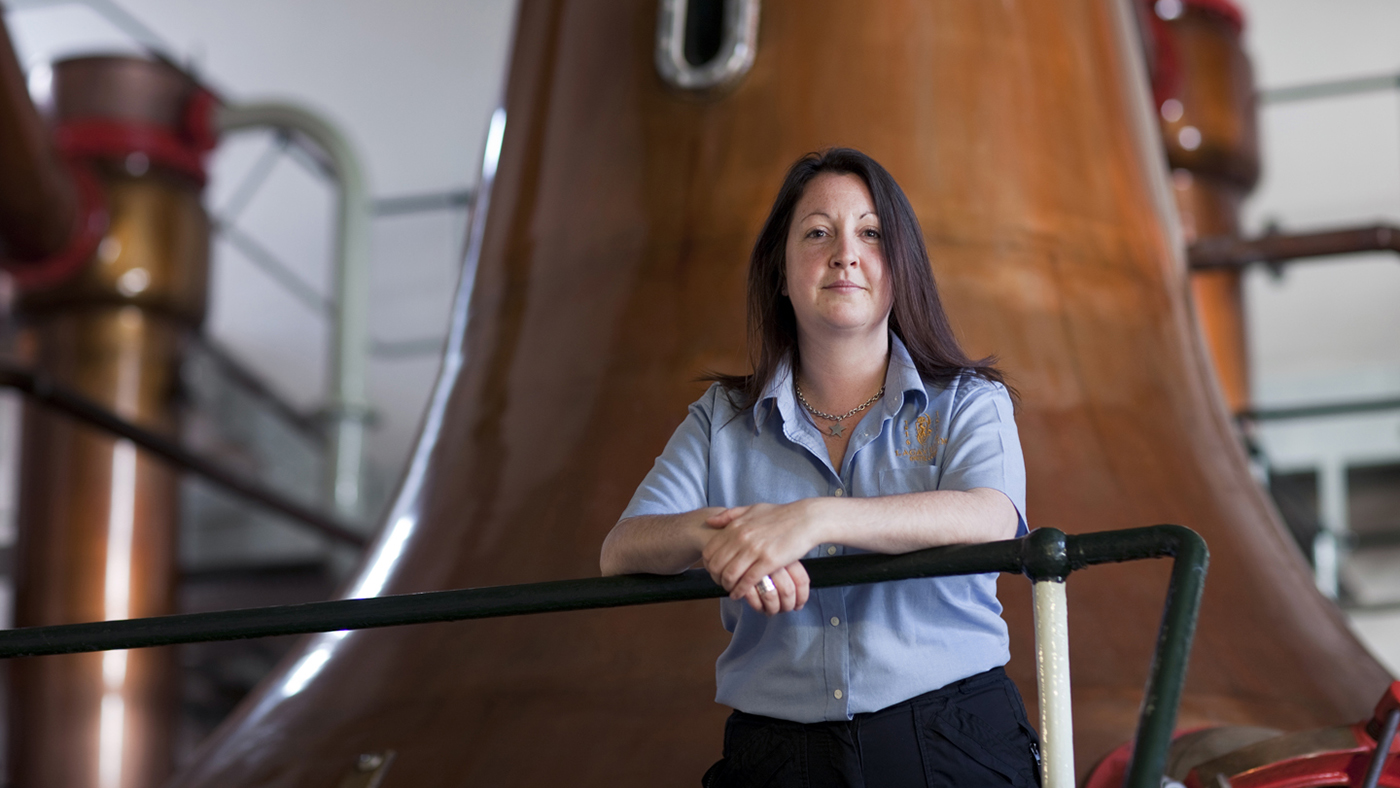
I've really enjoyed the fact I've been distillery manager in Lagavulin's 200th year, when we've been celebrating and honouring our heritage. But my real job is to ensure we're set up for the next 200 years, with state-of-the-art technology from the whisky industry and beyond. We're not a cottage industry, making whisky for locals; people around the world who drink Lagavulin have the same passion and demand for quality, so there can be no dropping-off with increased production.
Whisky-making is a mixture of tradition and modernity. Islay has a reputation for having an abundance of water and we're dependent on the rain for a constant supply from one year to the next. The island has acre upon acre of peat bog and that has always been the fuel source here, so it was naturally the choice for drying the malt for whisky. And because it burns with so much smoke, it adds phenol – an aromatic organic compound – to the barley and eventually the whisky. The level of smokiness would differ from distillery to distillery, but with the scale of global demand, individual distilleries rarely malt their own barley so there has to be chemical analysis at the maltings and throughout the process here to ensure the malt is in the correct phenolic range for Lagavulin.
Similarly, our Porteus malt mill was built in 1963 - and constructed so solidly that once a year, one of the last remaining millwrights visits from Newcastle, checks it and closes it up for another year of running for two hours out of every six. To check the consistency, we have what we call a "shoogle box" – we take a sample and shake it around to have a look. However, we've added bells and whistles – the whole system is operated from a control room. We'll programme it to allow a certain amount of malt to go through in a certain amount of time and use sensors to slow the conveyor or speed up the rollers as required. The different components of the distilling process – the grist bin, the mash tun etc – talk to each other, saying: "I'm empty – are you ready to go?" and so on. We set the parameters, but it's frighteningly intelligent – we just hope it doesn't start plotting to get rid of us.
The Week
Escape your echo chamber. Get the facts behind the news, plus analysis from multiple perspectives.

Sign up for The Week's Free Newsletters
From our morning news briefing to a weekly Good News Newsletter, get the best of The Week delivered directly to your inbox.
From our morning news briefing to a weekly Good News Newsletter, get the best of The Week delivered directly to your inbox.
The same combination of traditional and modern is found in the washbacks, where the fermentation takes place. We have wooden washbacks and have no intention of changing them for steel. But the temperature and length of fermentation is crucial to the flavour, so again, that's strictly controlled by the system. In many ways, this is the most crucial stage. We have the smokiness from the malt, but this is where the fruity, biscuity characteristics develop. As far as I'm concerned, what goes into the copper stills is almost already Lagavulin. The actual distillation simply concentrates the character of the whisky, even though a lot is talked about the magical effect of the shape of the stills – and if we needed to replace one, we'd make it the same shape. What it does do is affect the time it needs in casks – the heavier spirit produced by our small, squat stills needs a few more years to balance its flavours out during maturation.
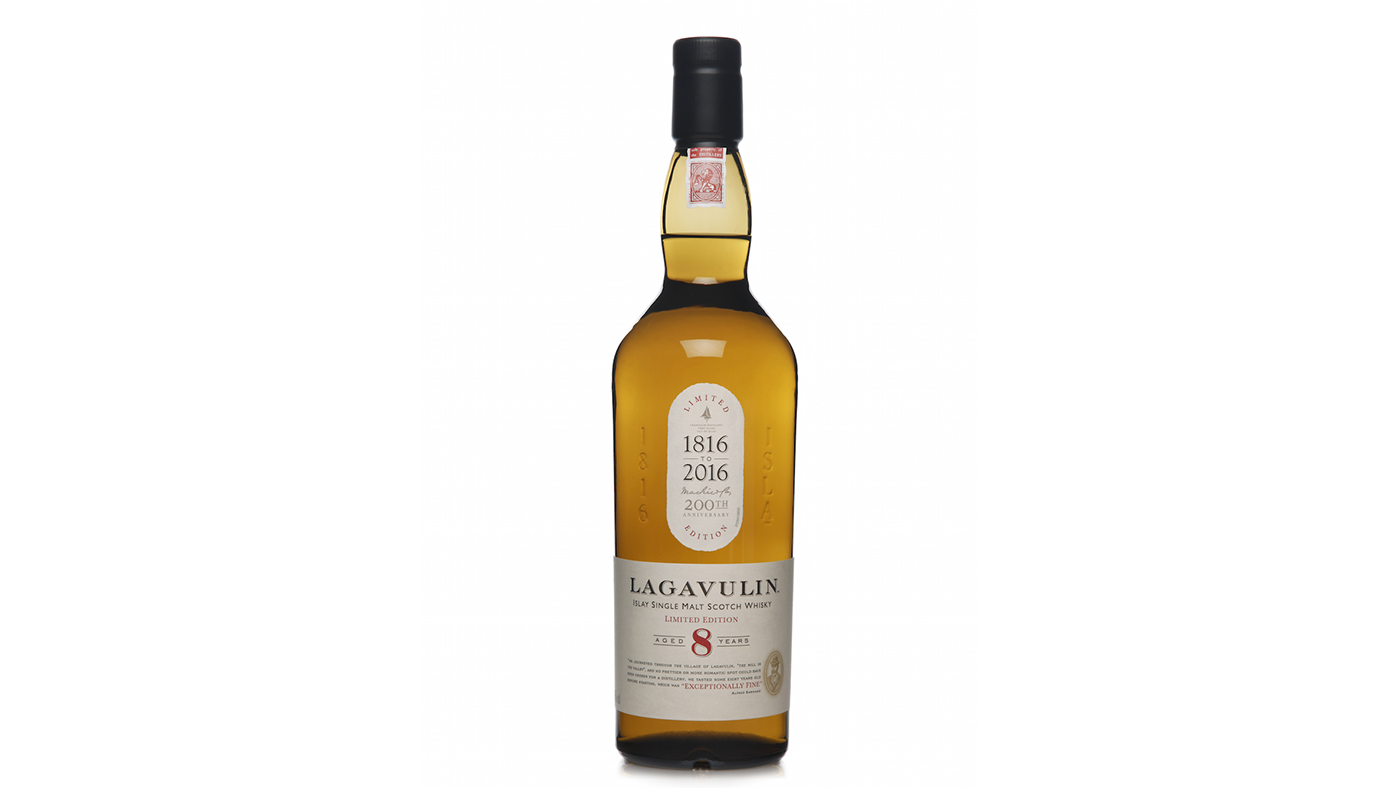
Every year, we produce special bottlings: Feis Ile, for the Islay Whisky Festival in May, and the Islay Jazz Festival edition in September – both of which you can only buy in person at the distillery – plus the Distiller's Edition, which is aged as a standard 16-year-old but given a second maturation in former Pedro Ximenez casks. For our 200th anniversary, we've released a limited edition of 8,000 bottles of the 25-year-old. It's aged in sherry butts and bottled at cask strength, the glass inscribed with the names of the 21 distillery managers Lagavulin has had in two centuries - ending with little old me.
We also wanted to release something priced at a point that would mean people wouldn't just buy it as a collector's item and hide it in a cupboard. Hence the eight-year-old, bottled at 48 per cent, which pays homage to a writer called Alfred Bernard, who toured Scotland's distilleries in the 1880s and mentioned drinking an eight-year-old here. I love it because it has more of the character of the new-make spirit than our standard 16-year-old – it has freshness, fruitiness, playfulness, but is still very elegant on the palate. People say Lagavulin is quite a regal whisky. Well, if the 16 is the Queen, the eight-year-old is her rebellious younger sister.
Lagavulin 25-year-old, £799; Lagavulin 8-year-old, £50.95; malts.com
A free daily email with the biggest news stories of the day – and the best features from TheWeek.com
GEORGIE CRAWFORD grew up on Islay, spending her childhood helping out on local farms and in her parents' pub. She went on to manage the Scotch Malt Whisky Society in Edinburgh and a whisky shop in Speyside before switching to the production side, first at Talisker, on Skye, then back home on Islay at Lagavulin. She was named Distillery Manager of the Year at the 2015 Icons of Whisky Awards
-
 Why is Trump’s alleged strike on Venezuela shrouded in so much secrecy?
Why is Trump’s alleged strike on Venezuela shrouded in so much secrecy?TODAY'S BIG QUESTION Trump’s comments have raised more questions than answers about what his administration is doing in the Southern Hemisphere
-
 Vance’s ‘next move will reveal whether the conservative movement can move past Trump’
Vance’s ‘next move will reveal whether the conservative movement can move past Trump’Instant Opinion Opinion, comment and editorials of the day
-
 Why recognizing Somaliland is so risky for Israel
Why recognizing Somaliland is so risky for IsraelTHE EXPLAINER By wading into one of North Africa’s most fraught political schisms, the Netanyahu government risks further international isolation
-
 The rise of Japanese whisky
The rise of Japanese whiskyThe Week Recommends Japanese distillers are giving Scotch a run for its money
-
 7 bright cocktails to usher in spring
7 bright cocktails to usher in springThe Week Recommends The brisk months require a certain kind of drinking
-
 A whisky tour of Scotland: best whisky experiences and distilleries
A whisky tour of Scotland: best whisky experiences and distilleriesThe Week Recommends Take in the sights along with a dram or two in the ‘home’ of whisky
-
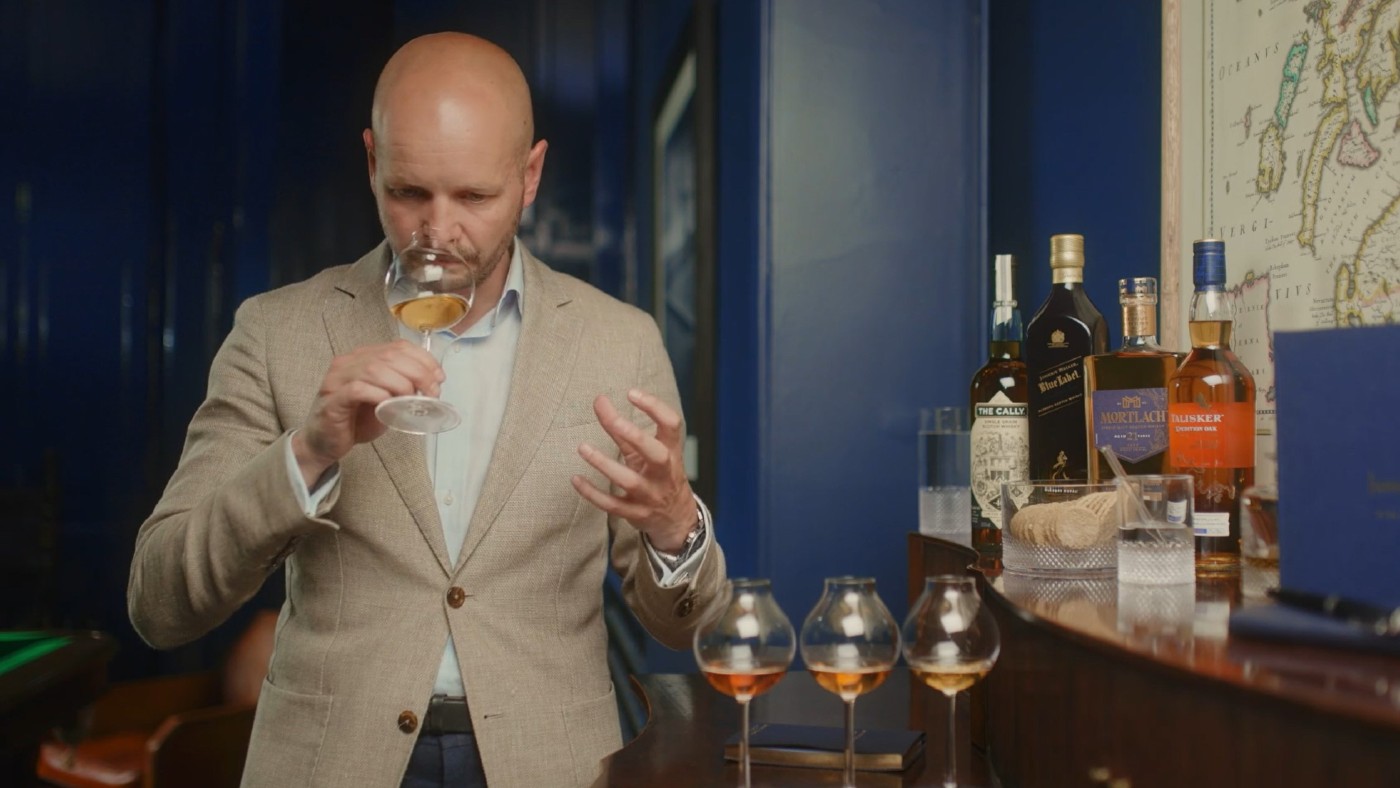 Review: The Art of Collecting Rare Whisky by Justerini & Brooks
Review: The Art of Collecting Rare Whisky by Justerini & BrooksThe Week Recommends Learn how to start your own rare whisky collection with this interactive virtual masterclass
-
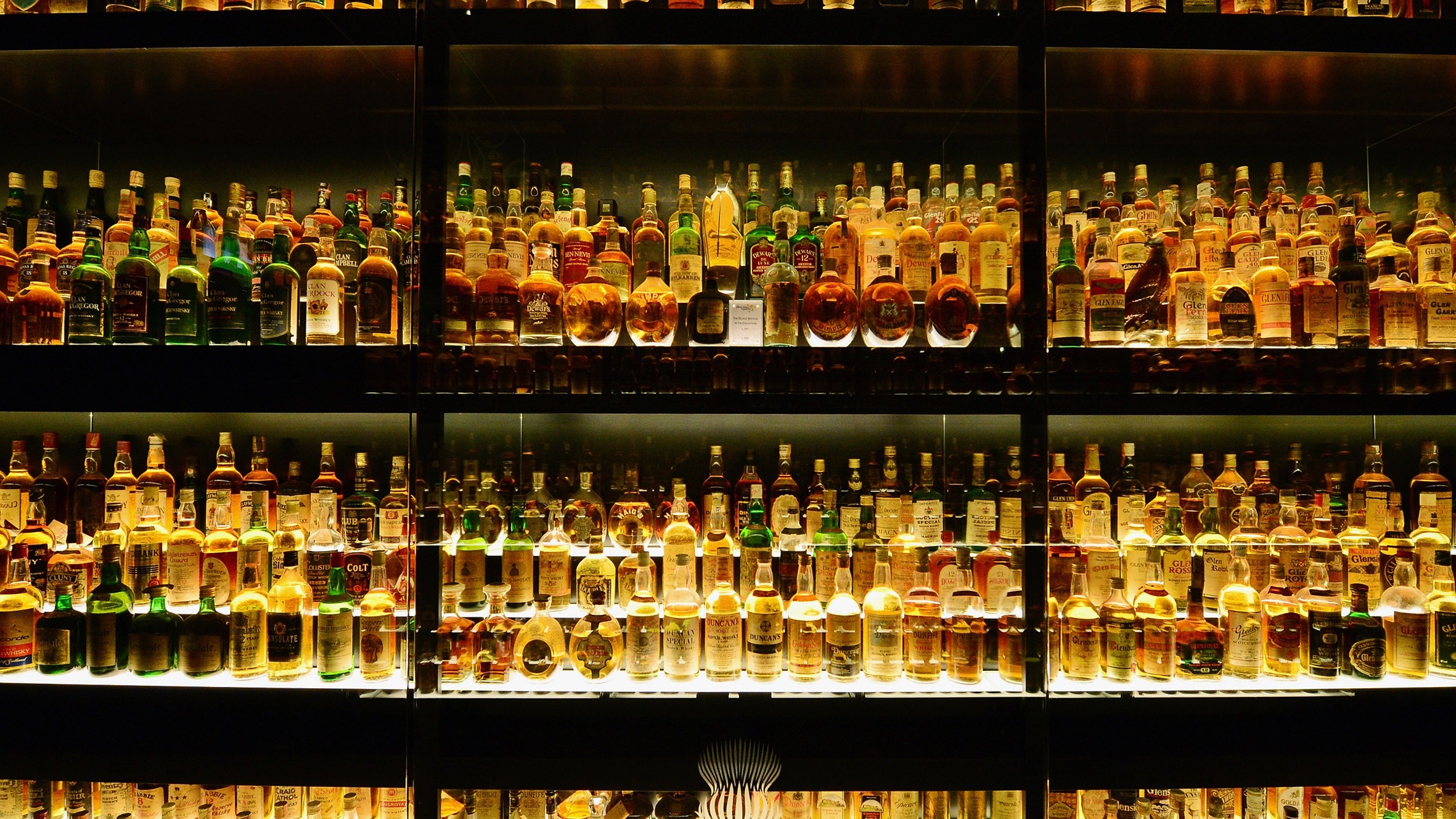 Whiskies tried and tasted: a world tour of whisky
Whiskies tried and tasted: a world tour of whiskyThe Week Recommends Go on a global whisky tour – from Scotland and the US to Ireland and Australia
-
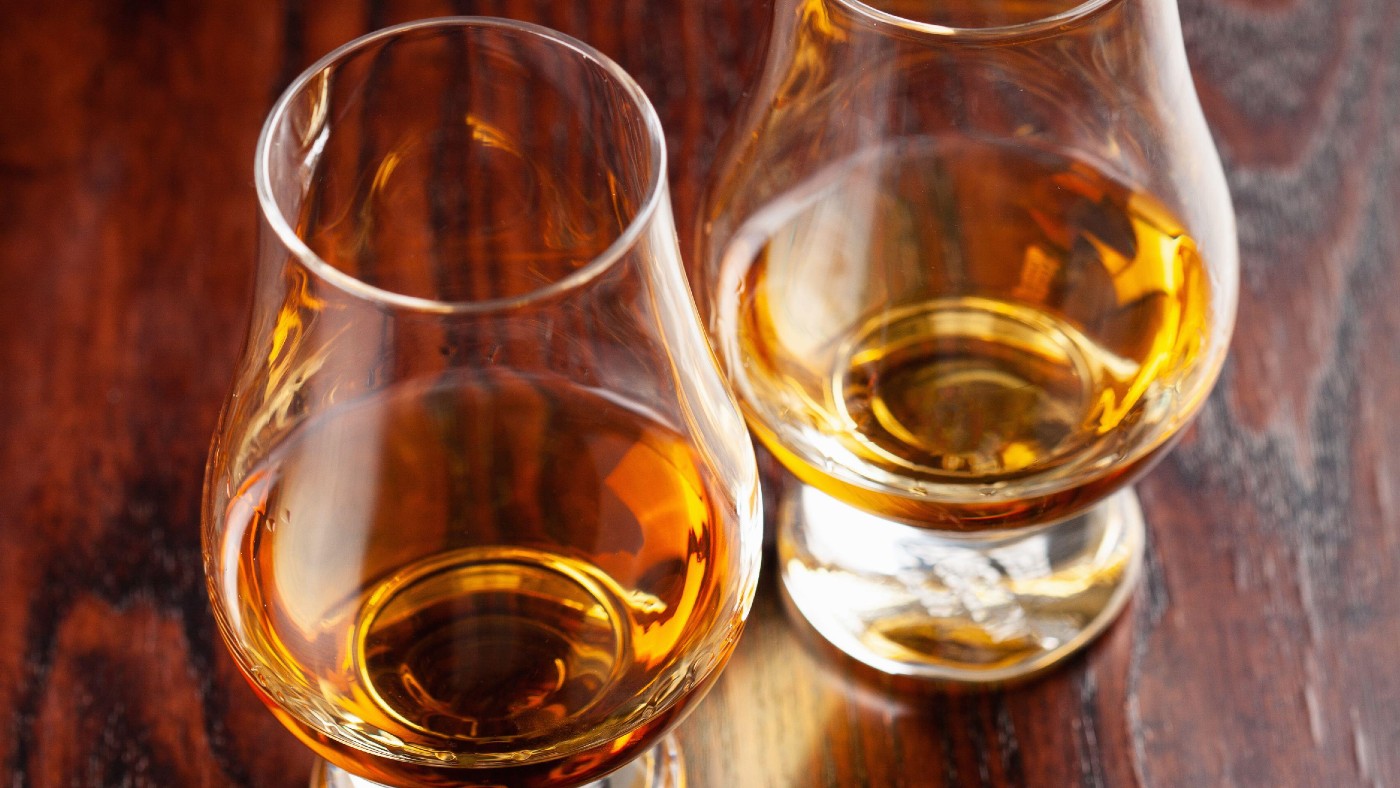 Making money from ‘liquid gold’: investing in whisky
Making money from ‘liquid gold’: investing in whiskyfeature Rapidly-expanding whisky investment market has seen ‘dramatic gains’
-
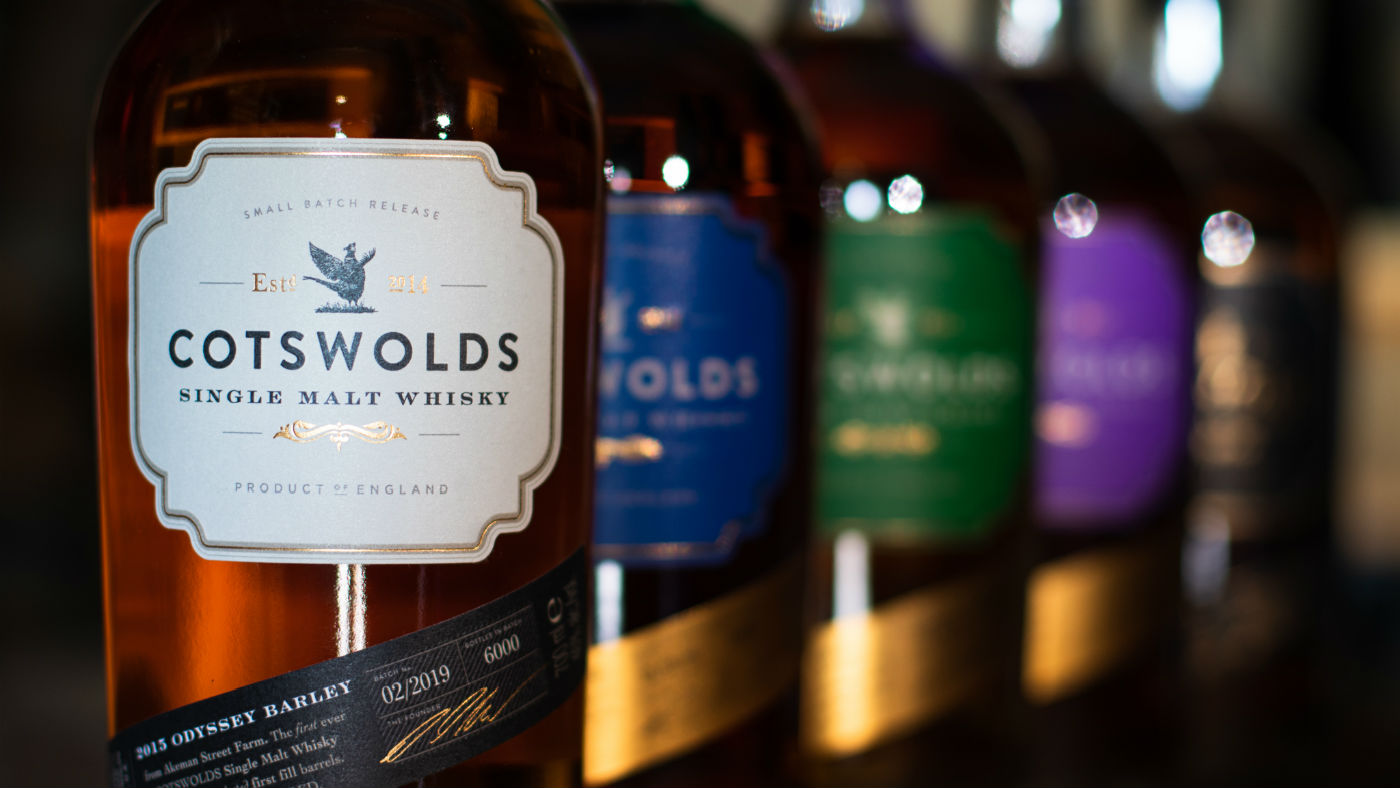 A beginner's guide to buying whisky for Christmas
A beginner's guide to buying whisky for ChristmasThe Week Recommends How whisky is made, various styles and top tips for drinking a dram
-
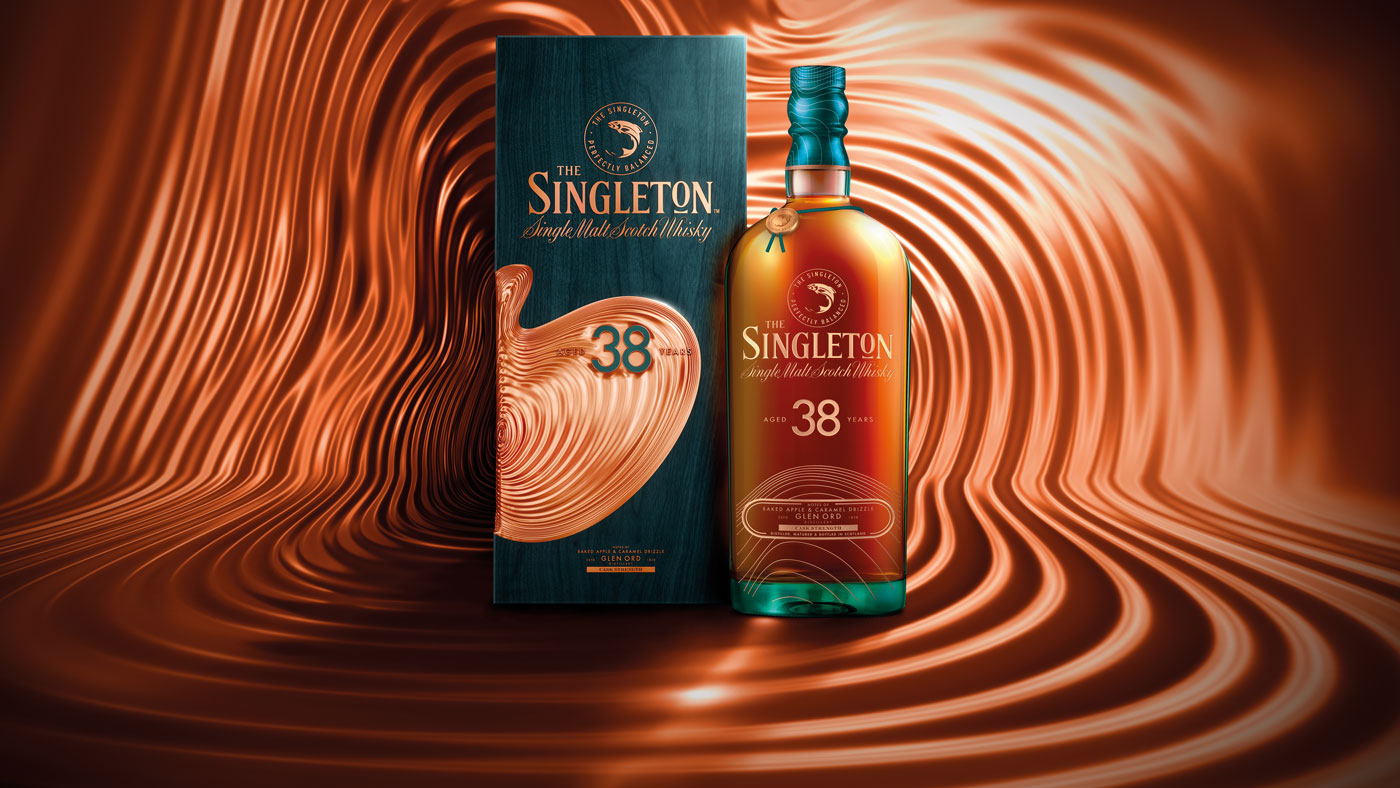 Whisky that’s worth the wait
Whisky that’s worth the waitSpeed Read A fine single malt can be experimental and still be decades in the making